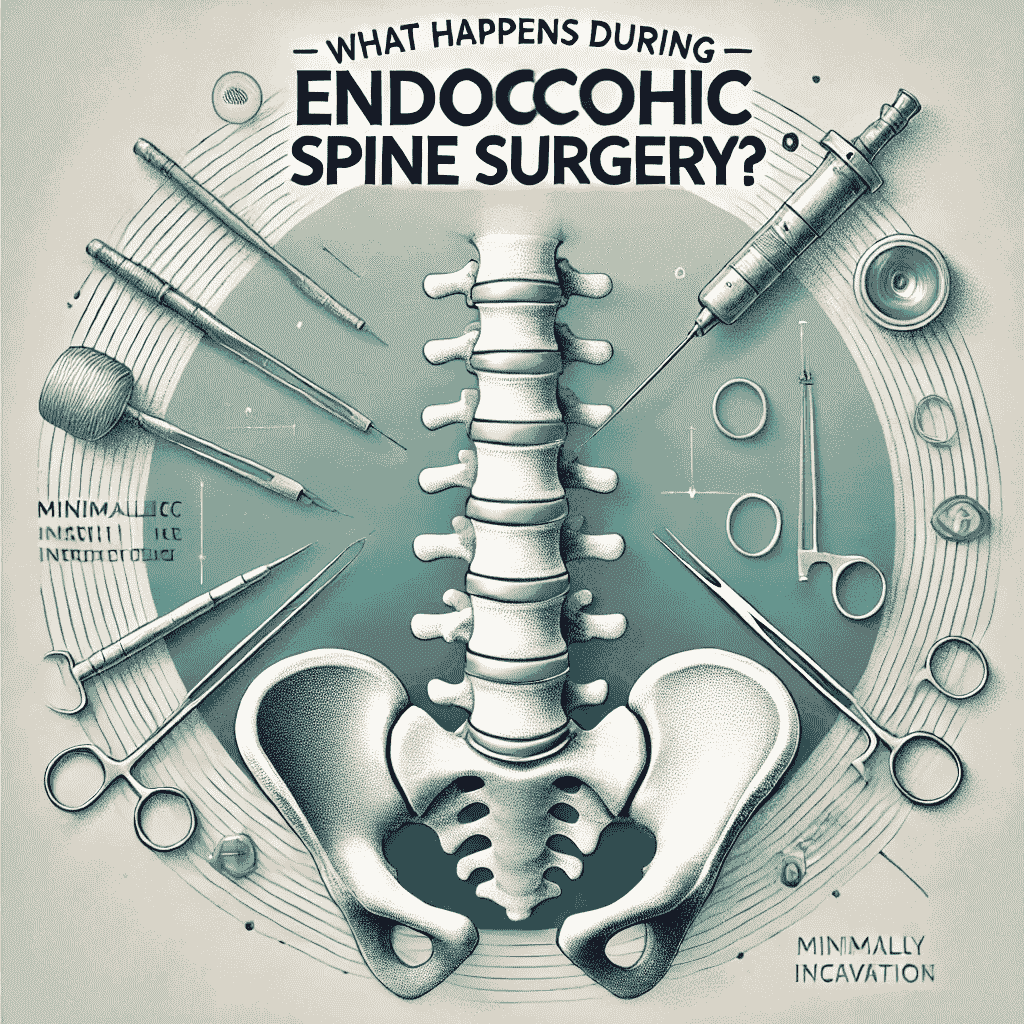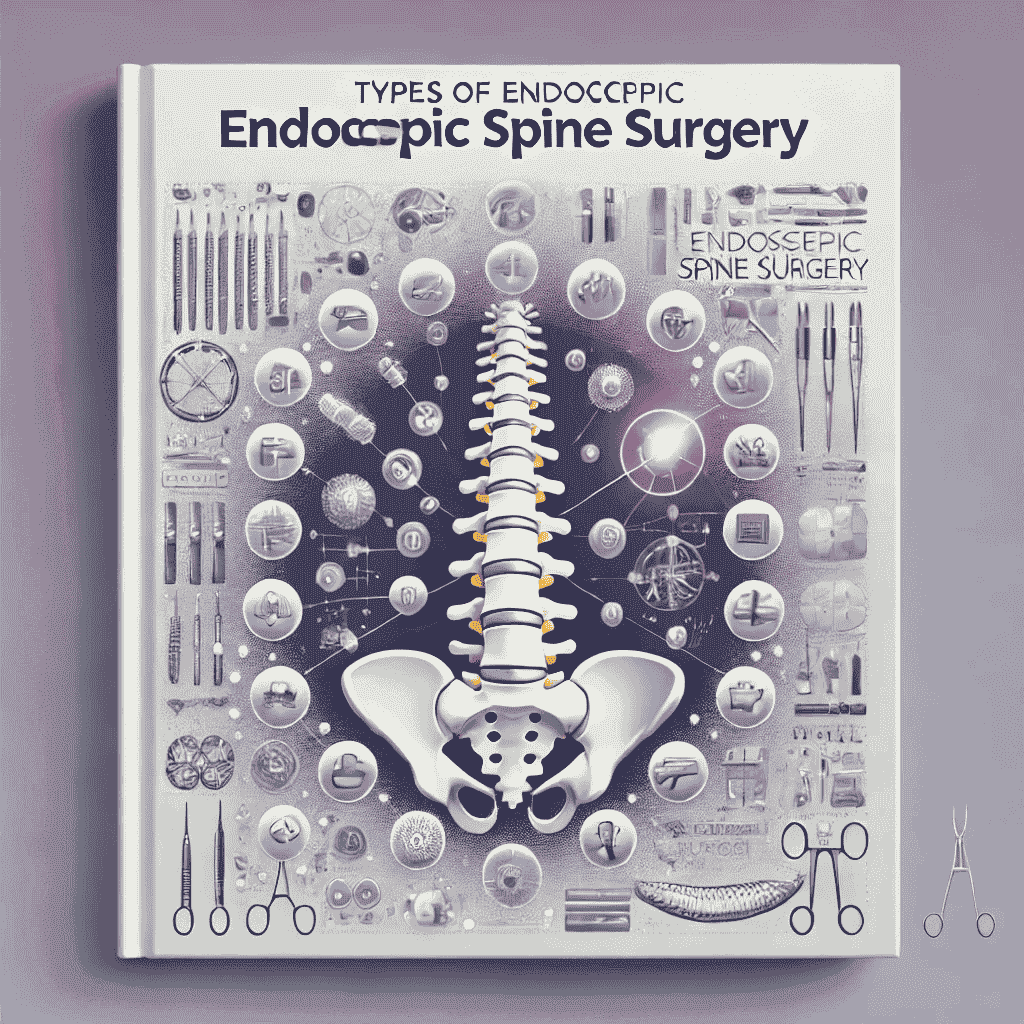It's hard to spend a day normally as you do if you someday wake up with intense back pain. To so many it is not just a word, but the first step into a journey that comes with therapy and numerous doctor appointments. Endoscopic spine surgery is opted for by many people when conventional treatments don’t help. This technique not only reduces the pain but gives you a shot at earning one’s life back. Here we will discuss endoscopic spine surgery, its benefits, and how it can help to improve spine health.
Endoscopic spine surgery is one of the newest additions to the history of minimally invasive surgery in the spine. This procedure uses an endoscope: an instrument having a small convex surface at the tip with a narrow bore through which to introduce instruments for scraping off discs, spurs, and soft tissues.
Primary procedures to use endoscopes involve orthopedic surgeries; knee, shoulder, and hip are among the operations that require the use of endoscopes. Indeed current improvements enable the surgeon to employ endoscopes in the spine too. Anyone with compressed nerves is a candidate for the procedure.
The surgery begins with the skin incision that can be astonishingly minute it can even be as little as 7mm. This small opening is then made and the scope is placed towards the disc herniation. After that, the disc herniation is removed from the patient’s spinal canal.
In the process of endoscopic spine surgery, the surgeon inserts a small camera through the back to know the condition of the spine. The doctor started the procedure with a small cut and then inserted a narrow tube containing a light and a video camera. This allows them to actually look at your spine on a screen and then fix such as a ruptured disc or nerve compression.

The neck is the focus of this procedure. It deals with issues like herniated circles and cervical radiculopathy. Afterward, many patients witness notable relief from arm pain and numbness.
In this method, the damaged tissue is removed by using a laser. It works well and helps the surrounding tissues heal.
Some of the various procedures that involve endoscopy are mentioned in this category. A typical treatment of backache is microdiscectomy, which involves the removal of a section of small bone that is over the nerve root to relieve a pinched nerve. Laminectomy relieves pressure from spinal stenosis by excising the part of the vertebrae known as the lamina.
Minimally invasive lumbar fusion is employed to fuse two or more spinal bones, benefiting patients with various spine conditions. These techniques are precise treatments for the patients, and they provide an efficient solution since the recovery period as well as complications of regular surgeries is longer. As opposed to conventional surgery it generally takes a shorter time to recover and spend less time at the hospital.

| Benefits | Risks |
|---|---|
| Smaller Incision | Endoscopic surgery has fewer complications compared to traditional surgery this has been evidenced by the research being carried out. Nevertheless, complications of endoscopic spine surgery are; |
| Less muscle trauma | Injury to the nerve root |
| Less Blood loss | Leaking of spinal fluid, which may cause headaches after surgery |
| Less infection risk | Blood clots |
| Shorter hospital stay | Allergic reactions |
| Quicker recovery time | Chances of infection |
| Less resilience on pain medicine |
If it is a simple spine lesion such as spinal stenosis or a herniated disk, endoscopic spine surgery is advised. Scoliosis and other more severe spinal disorders are generally treated by other forms of operations. However, for severe spinal disease, we can still selectively perform endoscopic spine surgery.
To ensure that the endoscopic spine surgery is the best option the following imaging tests and exams are required.
You may also have to be put on a physical therapy regime and spinal injection preparation before surgery to comply with your health insurance requirements and to minimize the need for risky surgery.
After endoscopic spine surgery, patients can expect:

Spine surgery like any other surgical procedure requires the body to be allowed some time to recover. Anticipate variances in energy and mobility during recovery. The patient should have support. The patient should talk about the recovery timetable with the specialist.
New sensations associated with healing include aches and soreness. However, don't be afraid to get in touch with your surgeon as soon as possible if you continue to experience severe pain.
Ensure that your living conditions favor recuperation after surgery. Consider how far your bed is from where you are, how near your medications are, and how far you are from such vital areas as the washrooms. To achieve a context supportive of the patient’s recovery, collaborate with your healthcare team.
If you have had back pain issues then you should consider undergoing endoscopic spine surgery. This operation is more advanced than other approaches so it has the least recuperation period. This is a great starting point for talking to your doctor if you or someone you know has spinal problems. Everyone should receive the right treatment to be able to get back to living a good life. Take as much time to look up ALL the possibilities available to take on your dreams!
Go to the MSPINE’s website to understand how endoscopic spine surgery can change your life. This could be the step that gets you to the next level of pain-free living!
Research and Insights
Explore a collection of our research and scholarly articles. Each publication reflects our commitment to advancing knowledge and contributing to the field.
Copyright © 2024 All rights reserved Mr. Irfan Malik